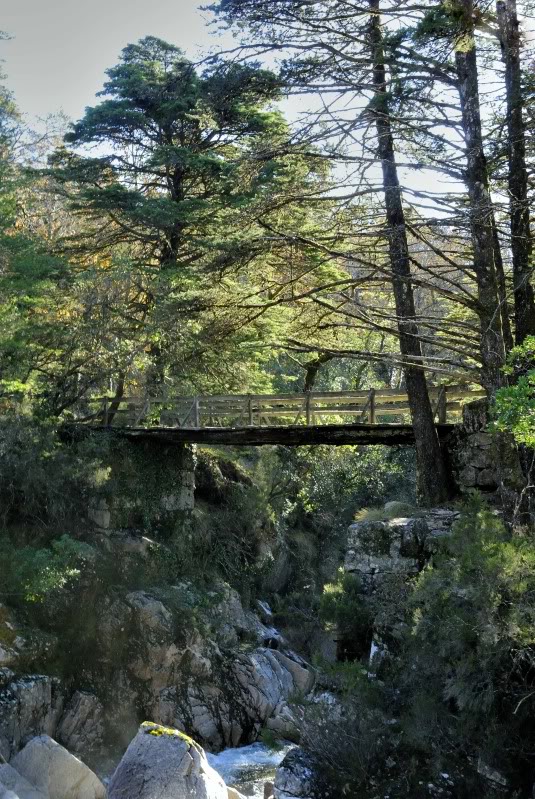Ponte Feia
The tyrants and deceivers of mankind in this matter have been the Greeks. All their splendid work for civilization ought not to have wholly blinded us to the fact of their great and terrible sin against the variety of life. It is a remarkable fact that while the Jews have long ago been rebelled against and accused of blighting the world with a stringent and one-sided ethical standard, nobody has noticed that the Greeks have committed us to an infinitely more horrible asceticism — an asceticism of the fancy, a worship of one aesthetic type alone. (...)
It is extraordinary to watch the gradual emasculation of the monsters of Greek myth under the pestilent influence of the Apollo Belvedere. The chimaera was a creature of whom any healthy-minded people would have been proud; but when we see it in Greek pictures we feel inclined to tie a ribbon round its neck and give it a saucer of milk. Who ever feels that the giants in Greek art and poetry were really big — big as some folk-lore giants have been? In some Scandinavian story a hero walks for miles along a mountain ridge, which eventually turns out to be the bridge of the giant's nose. That is what we should call, with a calm conscience, a large giant. But this earthquake fancy terrified the Greeks, and their terror has terrified all mankind out of their natural love of size, vitality, variety, energy, ugliness.
Nature intended every human face, so long as it was forcible, individual, and expressive, to be regarded as distinct from all others, as a poplar is distinct from an oak, and an apple-tree from a willow. But what the Dutch gardeners did for trees the Greeks did for the human form; they lopped away its living and sprawling features to give it a certain academic shape; they hacked off noses and pared down chins with a ghastly horticultural calm. And they have really succeeded so far as to make us call some of the most powerful and endearing faces ugly, and some of the most silly and repulsive faces beautiful. (...) The Jew at the worst told a man to dance in fetters; the Greek put an exquisite vase upon his head and told him not to move. (...)
The phrase 'grotesque' is a misleading description of ugliness in art. It does not follow that either the Chinese dragons or the Gothic gargoyles or the goblinish old women of Rembrandt were in the least intended to be comic. Their extravagance was not the extravagance of satire, but simply the extravagance of vitality; and here lies the whole key of the place of ugliness in aesthetics.
G.K. Chesterton, The defense of ugly things (The Defendant, 1901)?






4 comentários :
A ponte pode ser feia, mas o local... preenche qualquer vazio!
Interessante texto. Quanto à ponte, não a acho nada feia, e a foto é um apetite. Parabéns, Maria.
Este é um daqueles locais que parecem virgens, untouched....
Quem me dera ter pontes feias aqui a dois passos.....:)
Maria da Luz, Gi: Obrigada pela visita. Em Junho, esperamos voltar a esta ponte para vos mostrar uma planta preciosa que ali se resguarda e que, nessa altura, estará em flor.
Enviar um comentário